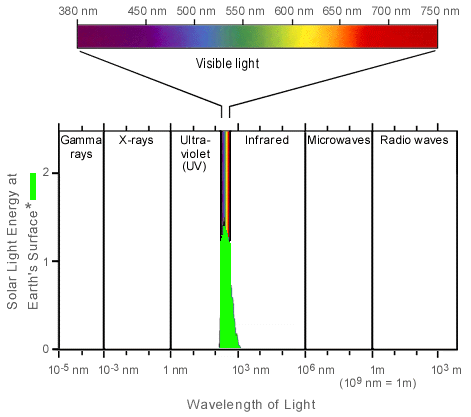Our limited senses throttle our ability to decode this realm
SIGHT
The Visible and Non-visible Light Spectrum

As you can see from the illustration above, visible light is only a very small portion of all light waves. You may ask yourself why is it that we only see the "visible" portion of light? If you study the illustration above, you will see at the earth's surface almost all the wavelengths with any significant energy are visible (see the green peak). There are some very small amounts of ultraviolet and infrared wavelengths that are present. In some cases, insects and other animals have adapted to see with those wavelengths.
https://askabiologist.asu.edu/spectrum-light
SOUND
As shown in the picture below Human Audible range is considered as from 20Hz to 20KHz.
 teachengineering.org
teachengineering.org
Ultrasound are no different from normal sound waves in their physical properties except that human ear cannot hear these.
Infants and children can hear some frequencies above 20KHz as the ability to hear higher pitched sound above the said limit decreases with age.
Silent whistle for dogs emit ultrasound in the range 18 to 22 kHz.
Bats, whales and some other species of animals can detect frequencies beyond 100 kHz, maybe up to 200 kHz.
Frequencies of 1 MHz and higher, to 20 MHz are used for Ultrasonic imaging in medical applications. With higher frequency or shorter wavelength it is easy to resolve smaller organs inside the body. Ultrasound around 1 MHz are used for biomedical, destructive applications and around 2 to 10 MHz for diagnostic and Non-destructive applications.
Rough guide for the frequency of ultrasound and their applications is shown in the picture below.


Comments
Post a Comment